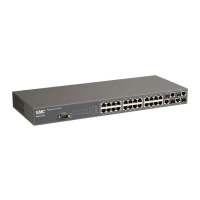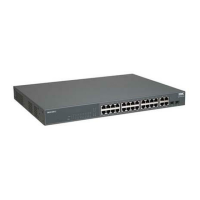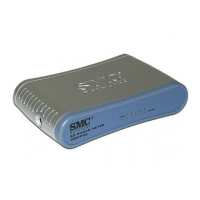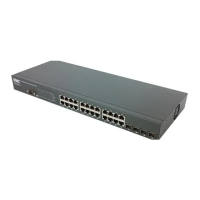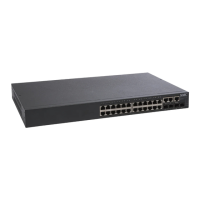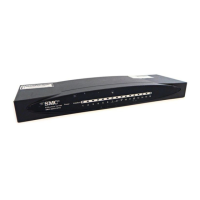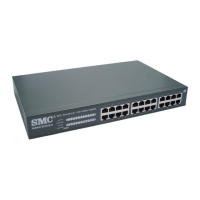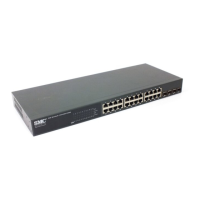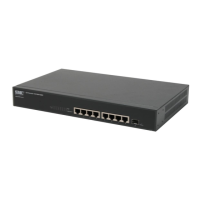DHCP C
OMMANDS
35-18
Example
Related Commands
host (35-16)
hardware-address
This command specifies the hardware address of a DHCP client. This
command is valid for manual bindings only. Use the no form to remove
the hardware address.
Syntax
hardware-address hardware-address type
no hardware-address
• hardware-address - Specifies the MAC address of the client device.
• type - Indicates the following protocol used on the client device:
-ethernet
- ieee802
- fddi
Default Setting
If no type is specified, the default protocol is Ethernet.
Command Mode
DHCP Pool Configuration
Command Usage
This command identifies a DHCP or BOOTP client to bind to an
address specified in the host command. BOOTP clients cannot
transmit a client identifier. To bind an address to a BOOTP client, you
must associate a hardware address with the host entry.
Example
Console(config-dhcp)#client-identifier text steve
Console(config-dhcp)#
Console(config-dhcp)#hardware-address 00-e0-29-94-34-28 ethernet
Console(config-dhcp)#
